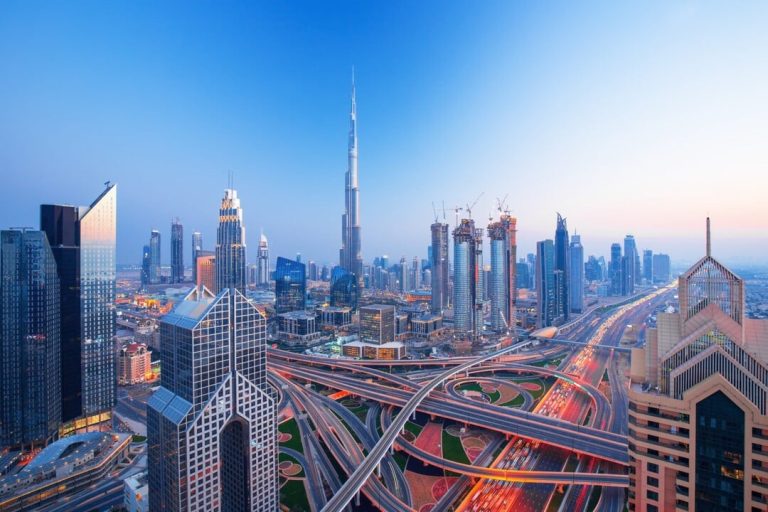Interest in Dubai Islands properties has grown steadily since the project’s rebranding and reconfiguration as a next-generation coastal district. Situated just north of Deira and directly connected to the mainland via the Infinity Bridge, Dubai Islands represents one of the largest master-planned waterfront developments in the region. It spans 17 square kilometers across five distinct islands—Central, Shore, Oasis, Golf, and Elite—and is being positioned as a long-term residential, tourism, and investment zone aligned with the Dubai 2040 Urban Master Plan.
Unlike earlier luxury coastal projects, which were often geared toward short-term speculation or high-net-worth niche buyers, Dubai Islands aims to attract a broader and more permanent international ownership base. With mixed-use zoning, flexible unit types, and a growing portfolio of freehold projects, the district offers real estate investors a combination of early-entry pricing, regulatory clarity, and long-term asset utility.
Residential Supply with Global Appeal
Central Island is currently the primary residential hub within the master plan, with several mid-rise, design-led developments already under construction or open for reservation. These include Allegro Residences, Arya Residences, Cotier House by Imtiaz, Ellington Cove, and Zephyra Residences, among others. While individual projects differ in brand, architecture, and amenities, they share several key attributes: coastal access, walkable public space, efficient layouts, and integrated community infrastructure.
Most properties fall into the mid- to upper-segment of the market, targeting both investor-landlords and end-users. Unit sizes range from one-bedroom apartments to four-bedroom duplexes and penthouses, often with waterfront orientation or courtyard views. The design language across developments prioritizes daylight, ventilation, and open-plan living, reflecting global preferences among international buyers and expatriate professionals.
Entry-Stage Pricing and Ownership Framework
As of the current development phase, Dubai Islands offers lower average price points than other established coastal areas like Palm Jumeirah or Bluewaters. Starting prices for residential units begin around AED 1 million, with flexible post-handover payment plans available across most new launches. This makes the district accessible to mid-cap investors as well as those seeking value entry into Dubai’s waterfront market.
The district is zoned as a full freehold area, meaning international buyers can acquire property with 100% ownership rights. In addition, properties priced at AED 750,000 and above qualify for long-term investor residency visas, typically valid for 2 to 10 years depending on the investment amount. This has made Dubai Islands particularly attractive to overseas buyers from Europe, South Asia, and the GCC.
Rental Yield and Capital Appreciation
Projected returns for Dubai Islands properties vary depending on unit type, view, and project timeline. However, short- and mid-term rental yields are expected to range from 6% to 10% annually, with higher yields possible for fully furnished units positioned near hospitality zones or beachfronts.
Capital appreciation prospects are also notable. With infrastructure build-out still in progress and handovers scheduled between 2026 and 2029, current pricing reflects early-stage market conditions. As transport, retail, and civic amenities come online, upward pressure on values is anticipated. Investors holding mid-cycle assets may benefit from resale opportunities before full district maturity.
Infrastructure and Connectivity
Despite its offshore geography, Dubai Islands is well integrated into the city’s transport and utility grid. The Infinity Bridge provides direct road access to Deira and Downtown Dubai, while future plans include marine transport and electric mobility networks across the islands themselves.
Internal infrastructure includes district cooling, smart waste systems, and water-efficient landscaping. Educational, healthcare, and retail facilities are being developed in tandem with residential clusters. This parallel infrastructure strategy reduces service delivery lag and supports full-time occupancy from the outset—an essential factor for long-term landlords and owner-residents alike.
Diversification Beyond Residential
While residential real estate remains the focus for most investors, Dubai Islands also includes opportunities in hospitality, retail, and commercial assets. Over 80 hotel plots are integrated into the district’s master plan, including wellness resorts, eco-hotels, and boutique hospitality formats. These are distributed across all five islands to avoid density clustering and create more balanced land use.
Commercial real estate is also in early development stages, with flexible retail spaces, office units, and mixed-use components planned near transport nodes and promenades. Investors with a broader portfolio strategy may find value in diversifying across asset classes within the same geographic zone.
A Regulated and Transparent Investment Environment
Dubai Islands benefits from the emirate’s broader real estate governance framework. Developers operate under regulated escrow systems, and all off-plan sales require project registration with the Dubai Land Department. Title deed issuance, payment schedules, and visa application processes are standardized and accessible to international buyers.
The district also falls under Dubai’s integrated planning model, which coordinates land use, construction, transport, and public utilities. This reduces planning risk and increases predictability—especially valuable for investors making long-term capital allocations.
Demographic and Lifestyle Alignment
Dubai Islands is structured to attract a global demographic seeking a balance between lifestyle, connectivity, and financial security. The district’s emphasis on open space, walkability, and access to wellness and recreational facilities aligns with changing expectations among mobile professionals, early retirees, and digital entrepreneurs.
The islands are designed to support full-time living, not just short-term stays. Neighborhoods are being built around schools, clinics, community centers, and cultural venues. This integration of day-to-day infrastructure supports rental demand and increases appeal for long-stay tenants, further stabilizing investment performance.
Dubai Islands is emerging as a strategic choice for investors looking to enter or expand their presence in Dubai’s coastal property sector. With a strong master plan, early-cycle pricing, and legal structures supporting international ownership and residency, the district offers an accessible and forward-looking platform for capital deployment.
For those seeking long-term returns, asset diversification, and alignment with evolving urban trends, Dubai Islands represents more than just a new development—it’s a new chapter in Dubai’s real estate investment landscape.

